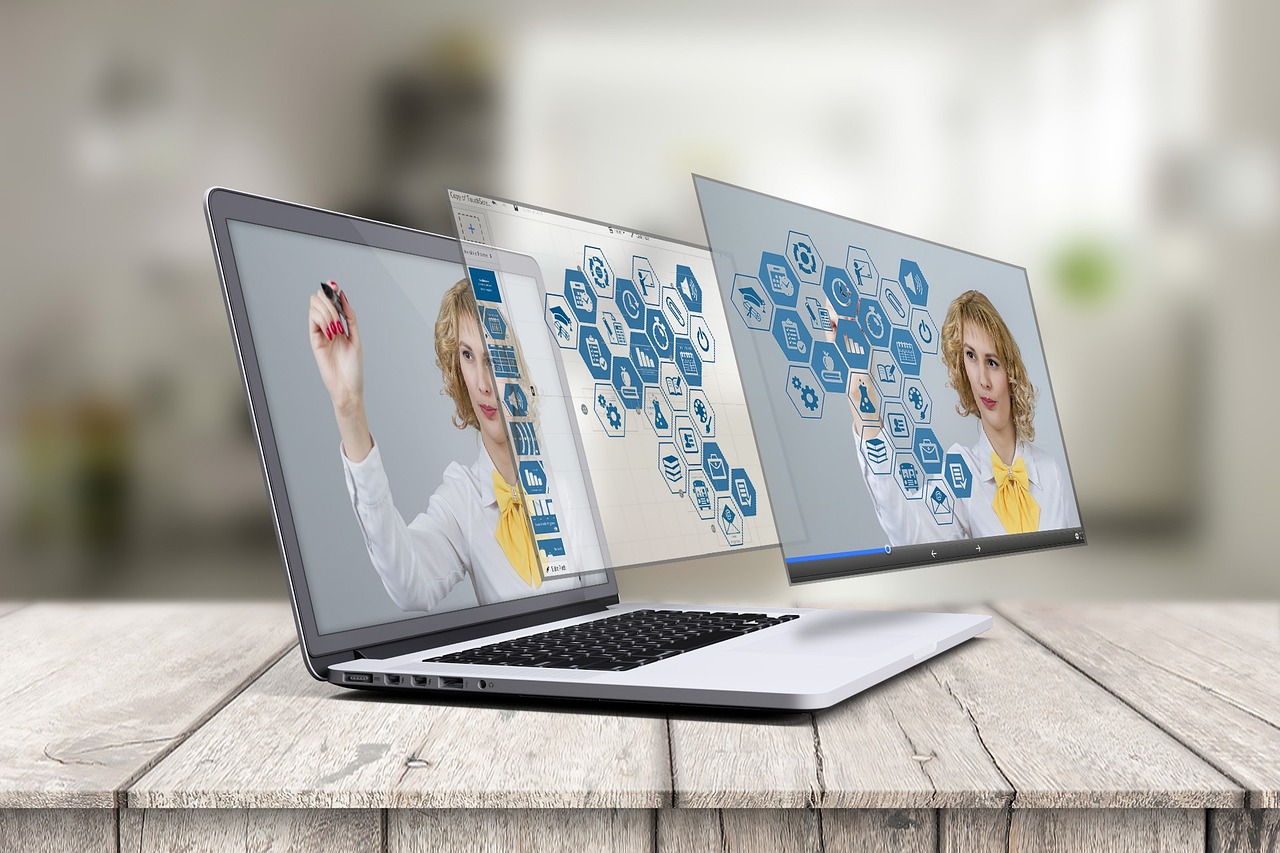The Dawn of Holographic Computing: A Futuristic Leap
As technology continues to evolve, it paves the way for innovative solutions that were once only found in science fiction. One such advent is holographic computing, a concept that is revolutionizing our understanding of digital interaction and the world around us.

A Glimpse into the Past: The Evolution of Holography
The term “holography” was coined in the 1940s by Hungarian-British physicist Dennis Gabor, who later won a Nobel Prize for his work. Early holograms were static two-dimensional images, but advancements in laser technology in the 1960s opened the door for three-dimensional holography. Fast forward to the 21st century, and the concept of holography has been further refined and expanded to the realm of computing.
Holographic Computing: Redefining Interaction
Holographic computing is a form of Augmented Reality (AR) that overlays digital information onto the physical world. Unlike traditional 2D screens, holographic computing enables users to interact with three-dimensional holograms in their real-life surroundings. This gives a more natural and immersive experience, changing the way we interact with digital content.
The Current Scenario: Breaking New Ground
In recent years, several tech giants have ventured into the domain of holographic computing. For instance, Microsoft’s HoloLens and Magic Leap’s AR headset have made headlines for their groundbreaking technology. These devices project holographic images that users can manipulate using hand gestures, voice commands, or a physical controller.
In a corporate setting, holographic computing can facilitate remote collaboration, product visualization, and training simulations. Moreover, in the healthcare sector, it can revolutionize medical imaging and surgical techniques.
A Look at the Market: Costs and Impact
While the market for holographic computing is still in its nascent stage, it shows promising potential. The cost of devices like Microsoft’s HoloLens 2, priced at approximately $3,500, reflects the high-end nature of the technology. However, as with most tech products, prices are likely to decrease as the technology matures and competition increases.
The impact of holographic computing extends beyond the financial realm. By merging the digital and physical worlds, it can redefine our interaction with technology, making it more intuitive and immersive. It also has the potential to revolutionize various sectors, including education, healthcare, and entertainment.
The Road Ahead: Future Prospects
The future of holographic computing looks promising. With improvements in processing power, display technology, and user interface design, we can expect more advanced and user-friendly holographic computing devices in the future. Furthermore, the integration of AI and machine learning could add new dimensions to this technology, enhancing its capabilities and applications.
In conclusion, holographic computing represents a significant leap in the evolution of technology. With its ability to seamlessly integrate digital information into the physical world, it holds the promise of transforming our interaction with technology and the world around us. As we continue to explore the potential of this exciting technology, one thing is certain: the future of computing is not flat—it’s holographic.




